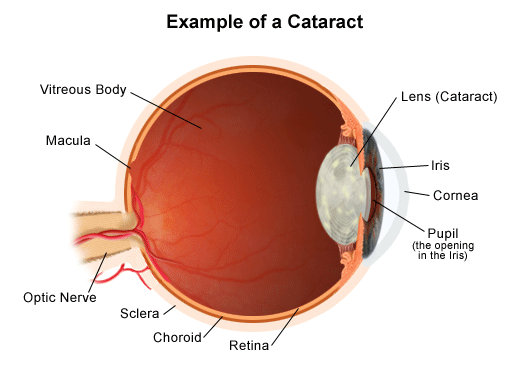Cataracts: Endemic To Humanity
A clouding of the lens inside the eye, Cataracts are a well-known and global issue in modern times. However, their presence stretches far back into history to the dawn of humanity and is not exclusive to our species. Cataracts have left their mark in our culture, beliefs, and medical advancements. In today’s blog, we dive into the unending prevalence of cataracts, explore their historical significance, cultural interpretation, genetic links, environmental factors, medical cures, and the journey towards both prevention and treatment.
A Historical Perspective
The earliest reported case of a cataract likely occurred as far back as 2457-2467 B.C.E. A wooden statue of a priest has a white patch clearly carved into the pupil of the left eye, as if representing a cataract. Moving forward in time, the earliest surgical interventions for cataracts arose sometime in the 5th century B.C.E and is referred to as “couching.” The cataract was not removed from the eye, instead it was purposefully dislodged out of the visual axis with a needle. Without modern medicine, blindness typically occurred shortly after the procedure due to infection, despite the temporary vision improvement from the dislodgement.
Thankfully, technology has come a long way since ancient times, and cataract surgery has become one of the safest surgical interventions performed today. This is because not only is cataract surgery routine but involves extremely few (if any) possible complications.
Cultural and Mythological Significance
Outside of medical issues, cataracts play a significant role in human culture. In various folklore and mythologies, cataracts are shown as symbols of wisdom, prophetic, and even punishment.
Outside of mythology, cataracts has even found its way into pop culture, such as in the case of Chirrut Îmew, a blind warrior-monk played by the great Donnie Yen in Rogue One, a Star War Story.
Evolutionary and Genetic Factors
From an evolutionary perspective, cataracts’ endemic nature begs the question about their role in human survival. Could cataracts have offered advantages in certain contexts? Cataracts naturally block UV light from damaging the retina, so in a way they do provide an evolutionary advantage. However, as cataracts progress these retina-protecting benefits become a problem by blocking vision.
While these answers aren’t definitive, research also suggests that genetic predispositions may play a role in cataract development.
Environmental and Lifestyle Influences
Beyond genetics, our environment and lifestyle play a significant role in cataract development. While ancient civilizations may have had high exposure to sunlight, contributing to cataracts, modern lifestyle factors like smoking and poor nutrition influence cataract risk. Other lifestyle factors, such as steroid medication use and high blood pressure, also contribute to the risk of developing cataracts.
Genetics and environmental factors result in an estimated 90% of all Americans developing cataracts by the time they are 65 years old.
Medical Advancements and Interventions
While our ancestors had limited treatment options for cataracts, modern medicine has made astronomical strides. Over 98% of cataract surgeries performed world-wide result in a success. This is a far number from the near 0% of the aforementioned “couching.” Technology has come so far that cataract surgery takes less than 5 minutes per eye, and patients can get back to most of their everyday activities the day following surgery.
With developments like the femto-second laser to break up the cataract before surgery even begins, patients are seeing even higher success rates and spending less time in surgery.
Unexpected Benefits of Cataract Sugery
Beyond improved vision, there are other surprising statistics when it comes to having your cataracts removed. People who’ve had cataract surgery are 16 percent less likely to experience a hip fracture. The odds of being in a car accident decrease by up to 13 percent. Just having cataracts removed reduces the chance of death by 40% compared to those who’s cataracts go untreated.
Future Trends and Preventive Measures
Though cataracts will continue to be a significant public health concern, technology has resulted in an extremely safe surgical cure, so humanity no longer needs to be crippled by the debilitating condition. Research is underway to discover preventative measures, including the role of nutrition, lifestyle adjustments, and new medical interventions.
Cataracts are not just a medical issue; they are a part of human existence from ancient civilization to modern societies. These cloudy lenses have persisted into our pop culture and mythology, shaping the way we view the world in more ways than one. By harnessing the advancements in medicine and technology we have ensured that cataracts do not cast a shadow over our gift of sight.
Schedule your regular, routine eye exam today, to ensure your eyes remain healthy and clear.




